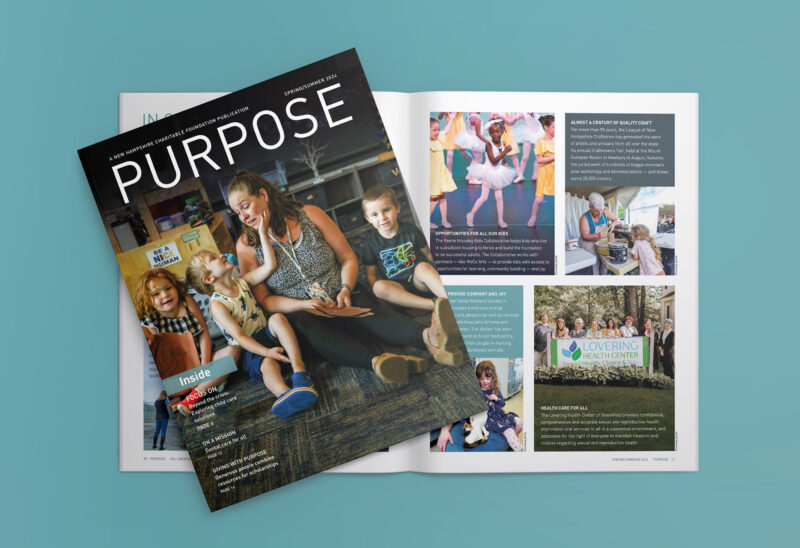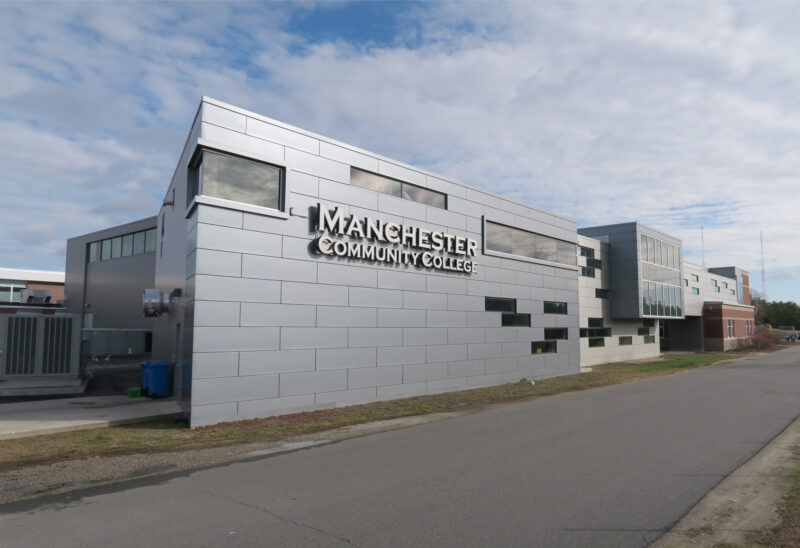Rosalind Erwin started as senior program officer for the Charitable Foundation’s Piscataqua Region in January, and will also be overseeing the Foundation’s environmental grantmaking portfolio. Erwin joins the Foundation from Cities of Service, where she was senior program manager, and previously served as a program officer for conservation at the Helmsley Charitable Trust. She, her husband and their baby son have recently relocated to the Seacoast from Brooklyn, New York. She talked to the Foundation’s Lois Shea about the delight of learning new places, the coolest-ever internship (jellyfish husbandry — really), her current favorite nature writing and more.
Cities of Service ‘helps mayors build stronger cities.’ How does it do that?
The mission is to support city governments with citizen engagement efforts. So the theory is that the old model of: ‘citizens pay taxes and city governments fill potholes, and never the twain shall meet,’ is broken, and it’s bad for democracy and it’s bad for city governments. Cities of Services supports cities to create citizen engagement programs that actually build a relationship between people and city government.
We had a small grants program in which we would offer cities around $25,000 and two AmeriCorps VISTA members and we would offer coaching to help implement projects.
Tell me the story of a project that you worked on that illustrated the success of Cities of Service.
RE: One I was very fond of was in Anchorage, Alaska. Close to 95 percent of the food for the state of Alaska comes through the Port of Alaska, in Anchorage. But if there were to be a massive earthquake and that port were to be out of commission, the only food that they have in Anchorage is what is on the shelves in the grocery stores. So there is very tangible food insecurity. The folks in city government wanted to get people thinking about food security in a new way and wanted them to take some agency in alleviating that. So they wanted to support efforts to grow food locally in the long summer days. They did everything from edible landscaping — like planting blueberries and currants and apple trees in public parks — to building greenhouses at elementary schools. Overall, creating and restoring a good ethic of local food and self-sufficiency.
I am always struck by the huge variety of different paths that people take into the field of community philanthropy, and how many folks in the field really did not even know it was a career option when they were in school. How did you find your way to this work — or how did it find you?
I have noticed the same thing. This is not a career path that anybody talks about in school. Nobody comes to talk to college students about their work in philanthropy, especially community philanthropy. My passion is in the environment. I was getting a master’s in environmental science in New York. I thought that I might end up with a lab job or be a field tech for a consulting company. I followed this job board that used to be called the “consultative group on biodiversity.” What I did not realize was that it was an affinity group for foundations that do grantmaking for biodiversity conservation. So their job board was really just jobs for their foundation partners. I saw a job posted for an associate program officer for the environment for the Helmsley Charitable Trust, and I got the interview, and that was the first time I learned about philanthropy and grantmaking. And suddenly I started noticing it everywhere! I was watching NOVA on PBS and it says how NOVA is supported by the Sloan Foundation, and then you start paying attention to the things you like and seeing how they get their funding, and suddenly it’s like philanthropy is this big world behind the scenes that you didn’t even realize was there.
What inspired you to go into environmental work?
I was hired as an intern at the New England Aquarium doing jellyfish husbandry. I was doing the very hard work of breeding and raising jellyfish for the exhibits, which is a lot of fun, and also had responsibilities testing water quality in the exhibits. I would go really early, before the aquarium opened, and drop the water-quality meter in to the tanks, and the sea turtles would come up and I could see the sharks…and then I would go back to scrubbing jellyfish tanks.
Time out. “Breeding jellyfish?” How?
Well, there are male and female jellies, and at some point in their life they will get stressed and they will just expel their gametes. And then sperm and an egg become a zygote and settle out and become polyps that eventually spits off teeny tiny jellies. If you just keep the right jellies in the tanks together, eventually you see the polyps and eventually the polyps are spitting off ephyrae, the itty bitty jellies, and you can capture those and move those into their own tank and then those get a little bigger and you move them into their own tank…all that’s happening behind the scenes!
At Helmsley you were a program officer focusing on conservation in Myanmar and Mexico, which must have involved a lot of time on the ground in those two places…What are the projects that stay front-of-mind for you from those places?
In Myanmar, a lot of the funding was for large-scale landscape conservation. In a lot of the neighboring countries there was crazy deforestation and a lot of animal poaching, and the Trust saw this as a great opportunity to work with NGOs to conserve land so big industry could not cause the same destruction as in neighboring countries.
In Mexico, one of the grant projects I really loved was with Grupo Tortuguero, which is an organization for sea turtle conservation that works specifically with fishermen. They empowered fishermen to be stewards of sea turtles and collect data on sea turtles that would feed into scientific research. They would have an annual convening of all these fishermen from around the region to share the scientific research that they had contributed to. I thought that was a great combination of real, peer-reviewed science and community empowerment.
Doing that kind of work has to involve a lot of learning about place before you start. So what is your strategy, as a grantmaker, for learning the ground when you land in a new place and you need to start figuring out how best to apply the resources?
Just listening a lot and asking questions that are not just about the details of a grant project but asking questions like ‘what do you love about this place?’ If you are doing genuine relationship-building you learn a lot about the place through how your new partners and colleagues experience it. And listening to public radio, reading the newspaper, paying attention to what’s going on and learning from other colleagues about the other major issues that the Foundation is focusing on. I feel I have a bit of an advantage being from New England and my husband is from New England.
I always ask people to tell me their ‘Why New Hampshire?’ story. What’s yours?
I grew up in Massachusetts and went to college in Maine. My husband is from Maine. His parents are right outside of Portland, and my parents are just south of Boston. We had always known that we wanted to come back to New England, and especially starting a family we wanted to be closer to our own families. This position seemed great in so many ways, and location was just one of those. It is an opportunity to learn about a new place. My whole career, I have learned about Myanmar, I have learned about Anchorage, Alaska, I have learned about Gary, Indiana — so it’s kind of exciting to tackle New Hampshire.
What has been your favorite New Hampshire discovery so far? What has surprised you so far?
We drove through Franconia Notch. It was incredible! It was so beautiful! You could see people skiing at Cannon right from the highway. I’m living in Kennebunk, Maine, on the ocean. It was a two-hour drive, and suddenly I am in the mountains — and not little mountains, but real, big impressive mountains. I was just hearing about the hiking and what the scene is like in the summertime and I can’t wait to do that.
What do you guys like to do when you’re not working?
We like to read, we like to go to the movies and to the theater. We also like to spend time outside and just explore a new place. I think it’s fun to pick an odd destination for a Saturday drive and discover lots of new things along the way.
Have you got some destinations in mind?
The ice castles in North Woodstock. It’s between us and friends who are in Burlington, VT and there is a lot to discover along the way.
What’s something you’ve read lately that you wish everyone would read and a movie and that you have seen lately that you loved?
I just saw “Parasite” and loved it. It was so much fun and gave you a lot to talk about after.
One book that has stuck with me was “A Country Year,” by Sue Hubbell. It was so great. It’s a combination of nature writing and memoir. Sue Hubbell was a commercial beekeeper who lived in the Ozarks. Her closest neighbor was 15 miles away. And it was land that she got really close to and connected with as a way of getting through a divorce. It was so wonderful to read, because when I was in college I used to love nature writing in that style, like Aldo Leopold, and this was the first time I had read it from a woman’s perspective. And it was just delightful.

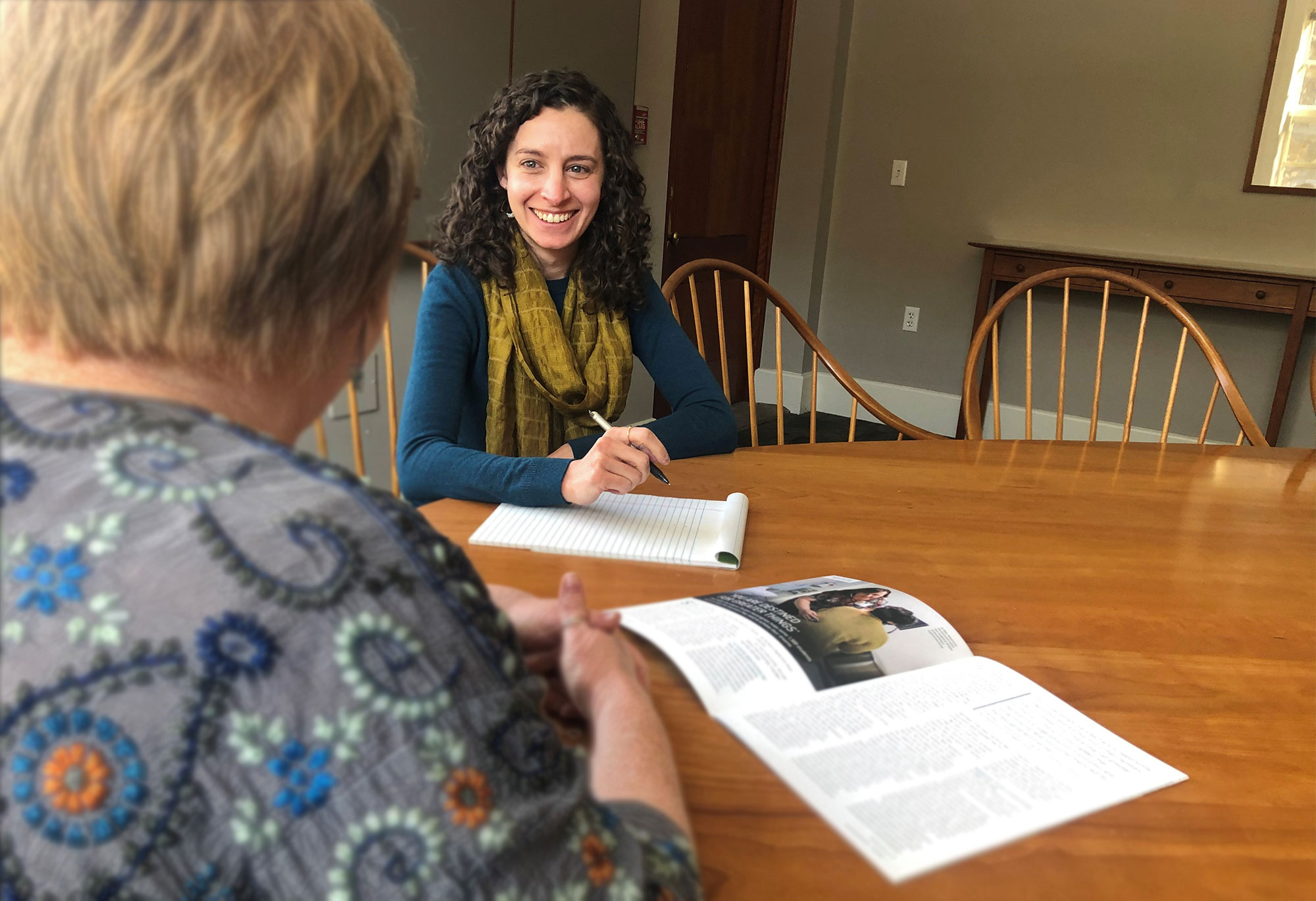






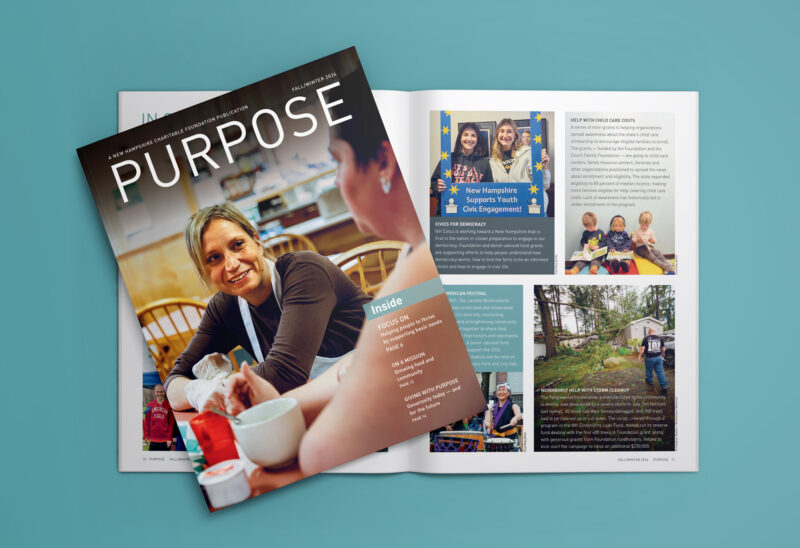

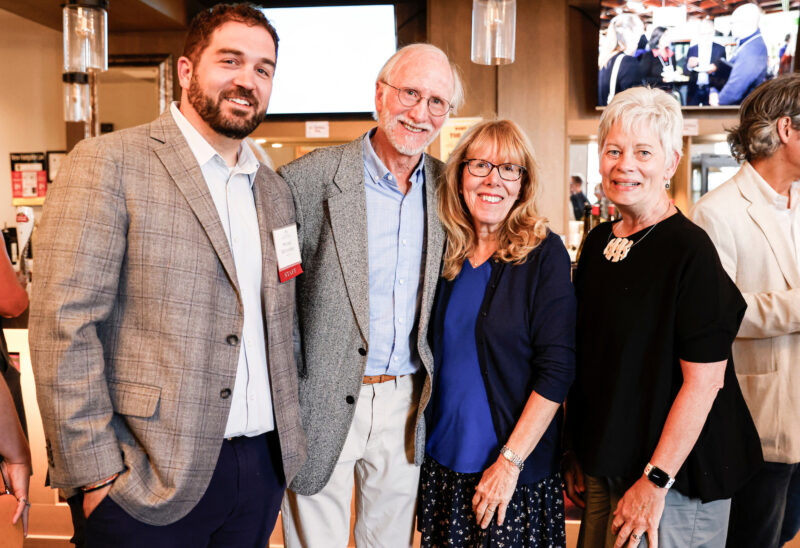
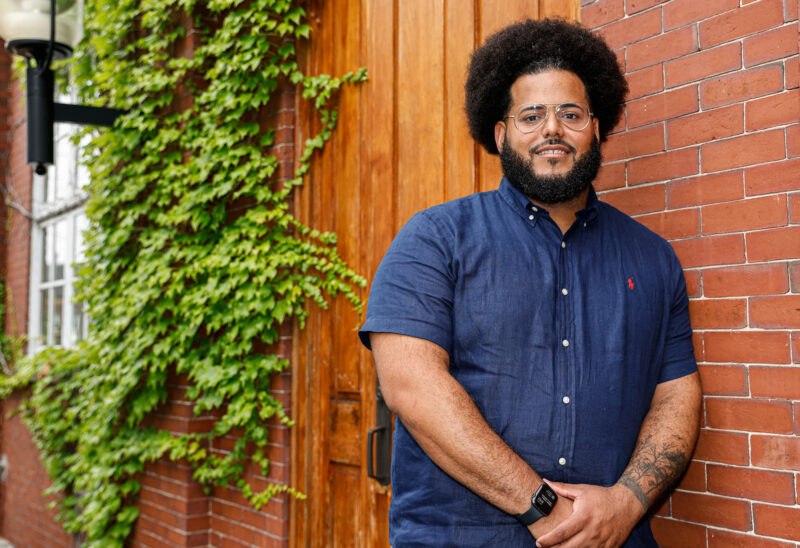
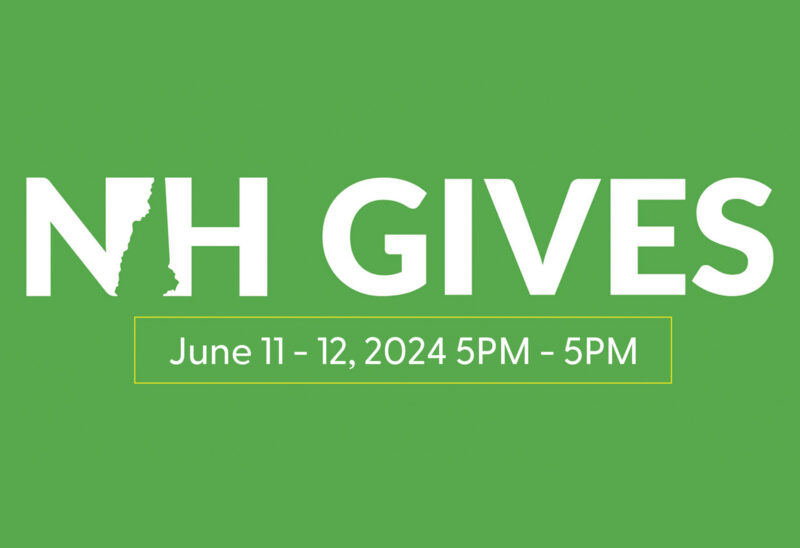
![Rev. Heidi Carrington Heath joined Seacoast Outright. [Photo by Cheryl Senter]](https://www.nhcf.org/wp-content/uploads/2024/05/Heidi-Carrington-Thumbnail-800x548.jpg)
![Dr. Jennie Hennigar treats a patient at the Tamworth Dental Center [Photo by Cheryl Senter]](https://www.nhcf.org/wp-content/uploads/2024/05/TCCAP-Hero-800x548.jpg)
